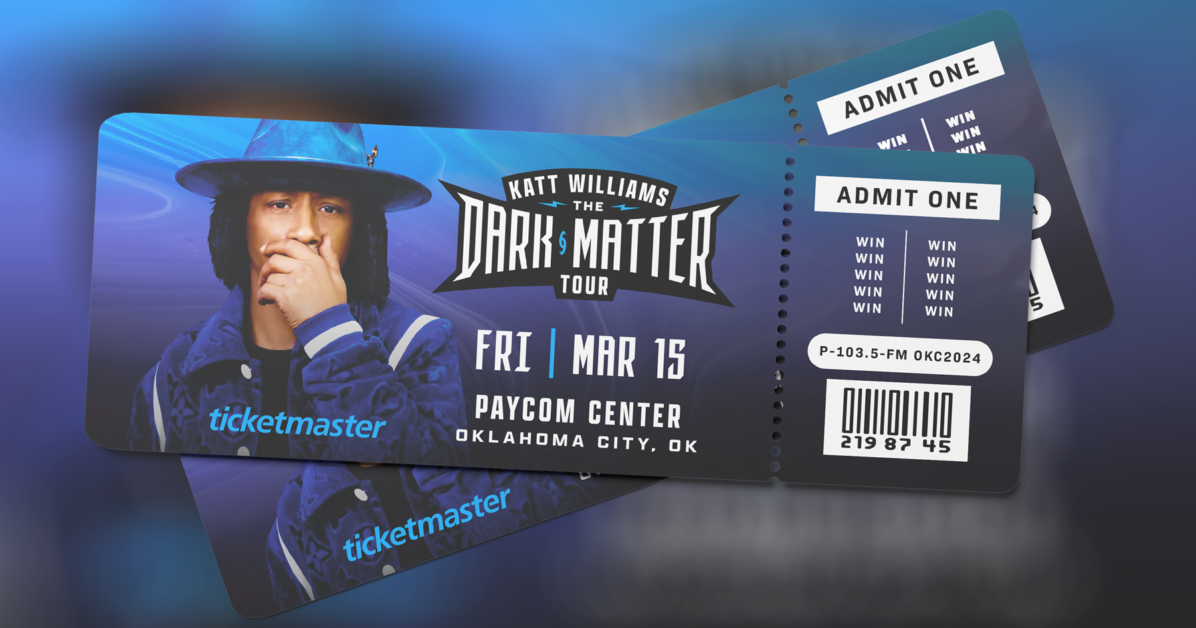Monstrous maestro: why is Cate Blanchett’s cancel culture film Tár angering so many people? | Movies
Written by on January 16, 2023
Punters probably don’t need another reason to skip Tár, Todd Field’s much-discussed tale of a feted conductor who becomes a lightning rod for the #MeToo movement, but Marin Alsop was happy to oblige nonetheless. Tár, the US conductor told the Sunday Times, was “anti-woman” and a personal affront. The film could have told the story of a rapacious male monster, but chose instead to make its lead a female conductor. “To have an opportunity to portray a woman in that role and to make her an abuser,” Alsop said. “For me, that was heartbreaking.”
In Alsop’s view, then, Tár is a tragic missed opportunity. She wanted one kind of protagonist and wound up with another, in the same way that Jaws might have been a film about a dog or GoodFellas an account of New Jersey samaritans. Some movies are like that. They confound and confuse and upend our expectations. In this respect, at their finest, they are a little like life.
Is this what people want, a film that’s like life? The evidence suggests not: despite glowing reviews and mounting awards chatter, Field’s drama has thus far clawed back only $6m of its reputed $35m budget. Those who’ve taken against it seem to share Alsop’s concerns, pinpointing the character of Lydia Tár – a trailblazing artist on stage, a ruthless predator in the wings – as their chief bone of contention.
Some viewers were annoyed to discover that the woman “isn’t real”. Other smarter souls simply don’t care for her. Reviewing the film in the New York Observer, veteran critic Rex Reed described Tár as “abstract”, “vague” and “audience-resistant”. The protagonist was the problem: she wasn’t quite fit for purpose. “So much passion has been distilled in the character of Lydia Tár,” he wrote, “[that] you really want to like her more.”
I’m not sure I like her either. I’m not convinced that we’re meant to. As played by Cate Blanchett, Tár is exacting and imperious, duplicitous and vindictive – a serial sexual abuser who leaves a trail of casualties in her wake. But this question of likability, specifically female likability, is clearly a vexed one. Last year saw the release of Quinn Shephard’s Not Okay, a jittery black comedy that follows the fortunes of Danni, a social media influencer played by Zoe Deutch, who fakes her Instagram posts. It came prefaced by a trigger warning of sorts: “This film contains flashing lights, themes of trauma and an unlikable female protagonist.” This was partly a joke, Shephard later told IndieWire, but it was also a response to a number of negative test previews. “It was interesting,” said Shephard, “that a large chunk of the audience seemed genuinely upset that the film was about Danni.”
It is at this point that a defence lawyer might be moved to cross-examine. Would it have been different if Danni (as per Alsop’s complaint) was a man? Isn’t it up to the audience to decide who they like and who they don’t? And, come to that, does it matter? Who’s purely likable anyway? The reason viewers thought Tár was a real person, I suspect, is because that’s how she reads on the screen: as maddeningly variable as the rest of us. Blanchett’s maestro is inspiring and cruel, magnificent one minute and utterly monstrous the next. She doesn’t exist, but there are plenty like her who do.
About 20 minutes into Tár, there’s a scene that brilliantly epitomises the film’s tensions. A nervous student called Max announces that “as a Bipoc pangender person” he’s “not into” cis white male composers like Bach. In return, Tár insists that he shouldn’t be so quick to judge. Great music jumps boundaries. She says Max is a robot. She thinks identity politics is a trap. “The narcissism of small differences,” snaps Tár, “leads to the most boring conformity.”
The set-piece is terrific: perfectly managed, building to a climax. It’s also a litmus test of sorts. The film is, at its heart, a drama about cancel culture, steeped in the language of intersectionality and online pile-ons. So it’s a discourse on the discourse, like a tennis ball bouncing back and forth, all but daring the viewer to pick a side. Read crudely, Field’s scene shows the common-sense crusader swatting away the complacent woke snowflake, except that the tone is ambivalent and the quarrel sullies both parties. Yes, Max is blinkered but Tár is a bully (and arguably just as blinkered). They’re both right, they’re both wrong. Crucially, bracingly, we’re not being told what to think.
There’s a quote I like from Philip Roth (a man notorious, incidentally, for weaving real-life people through his fiction). It’s from American Pastoral, when the narrator admits he can’t get to grips with the fumbling, feet-of-clay hero. “The fact remains that getting people right is not what living is about anyway,” he explains. “It’s getting them wrong that is living, getting them wrong and wrong and wrong and then, on careful reconsideration, getting them wrong again. That’s how we know we’re alive: we’re wrong.” Or how about this one, from W Somerset Maugham? “The longer I know people, the more they puzzle me. My oldest friends are just those of whom I can say that I don’t know the first thing about them.”

Obviously no character-driven drama can capture the full-fathom depth of the average human being, their changeable natures, their manifest contradictions. But they can at least try. And within the confines of the film’s 158-minute running time, Tár manages to stand proud, big as life, which is to say she’s complex and combustible, a mystery to herself and to others. One could claim she’s part of a vanguard of so-called unsympathetics on screen. This could include Vicky Krieps’s scratchy Empress Elizabeth in the period saga Corsage, Penélope Cruz’s secretive Janis in Almodóvar’s Parallel Mothers, and Renate Reinsve’s capricious seeker in The Worst Person in the World.
But really these women are part of a long tradition, one that extends back through the likes of Flaubert’s Madame Bovary, Jane Austen’s Emma and Thackeray’s character Becky Sharp in Vanity Fair. All of these, too, were presumably seen as bad in their day. It’s only the passage of time that has rounded their edges. To misquote John Huston in Chinatown: politicians, old buildings and unlikable female characters – they all get respectable if they stick around long enough.
Most films hold our hand and light the way. A few, though, wave us into the woods then challenge us to find our way back out. These films are unstable and volatile, full of unreliable people, painted in shades of grey. Martin Scorsese feels that there are too many hand-holders and too few challenges. These are “dark days” for cinema, the director lamented last week, meaning that they’re actually too bright, too antiseptic, too tidy. But when he saw Tár, he said, “the clouds lifted”.
I tend to wince at studies that suggest big books or arthouse movies improve your physical and mental health, because they make them sound such an ordeal: a worthy regime, like a diet of prunes. But there’s probably some truth to it. Fiction should be thrilling, otherwise what’s the point? But the best dramas are the ones that stretch us, provoke us, make us meet them halfway. And the richest characters are puzzles. They’re the ones we can’t quite figure out.
Back in the classroom, Tár sits at the piano and plays Bach’s Prelude in C Major. Listen, she tells Max, still trying to win the kid over. The music is a question and an answer, which duly poses another question. Bach, she says, “knows that it’s always the question that involves the listener. It’s never the answer.”
Tár, of course, is not entirely to be trusted – but she’s making perfect sense here. Great art asks us questions. Confounding heroes do too. It’s not a film’s job to pander to our preconceptions, parrot back our opinions and reassure us that we’re right. Nor, for that matter, is a film obliged to stay in its lane and give us clearcut goodies and baddies; that simple, bogus moral structure. Fictional characters don’t have to be exemplars of anything. Cinemas, like colleges and libraries, should be physical safe spaces, but intellectual and emotional danger zones.
Books aren’t mirrors, they’re doors, as the critic Fran Lebowitz likes to say – and the same goes for films. Doors can be scary: we don’t know what’s behind them. But without opening a door, we all remain in our own silos. We miss out on a life of adventure and a world of interesting people we haven’t yet met. Some of them will appal us. Some we might quite like.
watch avatar the way of water full movie
watch avatar the way of water full movie
watch avatar the way of water full movie





